Join on WhatsApp
Get the latest updates directly on WhatsApp – motivation, news & more!
When the chill of winter starts to settle in, many gardeners might assume that it’s time to put the trowels down and let their gardens rest. However, with the right preparation, you can actually grow fresh, delicious vegetables throughout the winter months. Winter gardening not only provides you with homegrown produce during a time when fresh vegetables are scarce, but it also keeps your garden active and productive. Here are the top 5 vegetables that are perfect for planting in a winter-ready garden.
Kale
Kale is a standout winter vegetable due to its cold tolerance and ability to thrive in frosty conditions. In fact, the flavor of kale improves after being touched by a light frost, as the cold weather helps convert its starches into sugars, making it taste sweeter. This hardy green can survive temperatures as low as 20°F (-6°C), making it ideal for winter gardening.
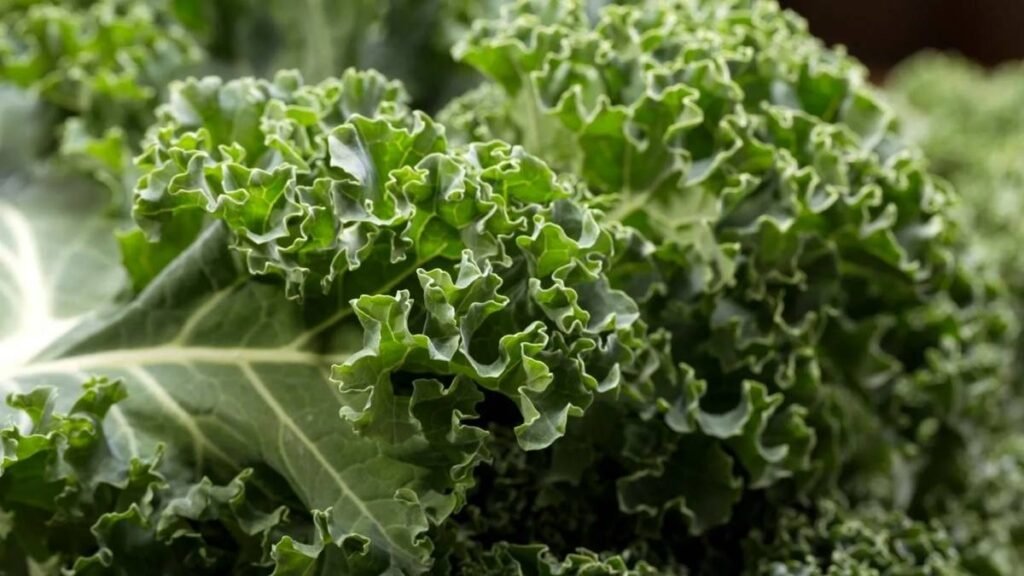
Kale grows quickly, which is perfect for gardeners looking to get a harvest before the frost hits. You can sow kale seeds in late summer or early fall, ensuring they have enough time to mature before the colder weather sets in. Kale thrives in rich, well-draining soil, so adding compost or organic matter can enhance its growth.
As an added bonus, kale is a nutritional powerhouse, loaded with vitamins A, C, and K, along with fiber and antioxidants. Whether used in soups, salads, or smoothies, you can enjoy this nutritious green right through the winter months.
Spinach
Spinach is another cool-weather vegetable that can flourish during the colder months. Known for its high iron content, spinach grows best in temperatures between 45°F and 60°F (7°C to 15°C), which makes it a perfect addition to your winter garden. Like kale, spinach actually tastes better after exposure to frost, as it enhances the flavor and sweetness of the leaves.
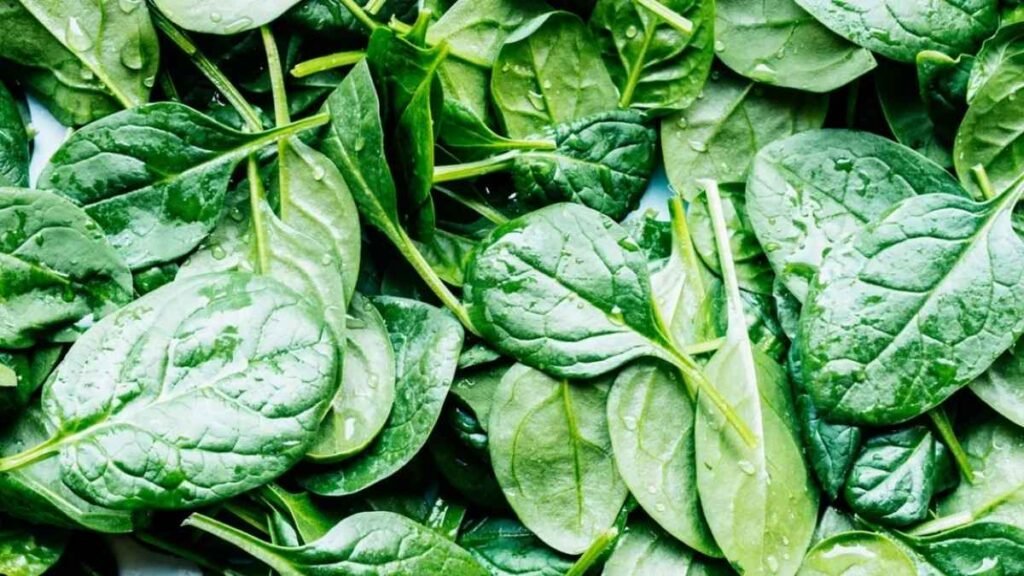
Plant spinach in late summer to early fall, ensuring that it gets enough sunlight and water. Spinach is fairly low-maintenance and grows quickly, so it won’t take long to start harvesting. Depending on the variety, you can expect to start picking the leaves within 6-8 weeks of planting. For an extended harvest, consider sowing seeds every few weeks, so you always have fresh spinach ready for your winter dishes.
One of the best things about spinach is its versatility in the kitchen. You can enjoy it raw in salads, sautéed, or blended into smoothies. Additionally, spinach is packed with nutrients such as vitamins A and C, folate, and iron, making it an excellent addition to any winter diet.
Carrots
Carrots are a root vegetable that can thrive in colder temperatures, making them a fantastic choice for winter gardening. They can withstand temperatures down to about 20°F (-6°C), especially if they are protected by a layer of mulch or row covers. The cool temperatures actually improve the flavor of carrots, making them sweeter and more tender than those grown in warmer months.
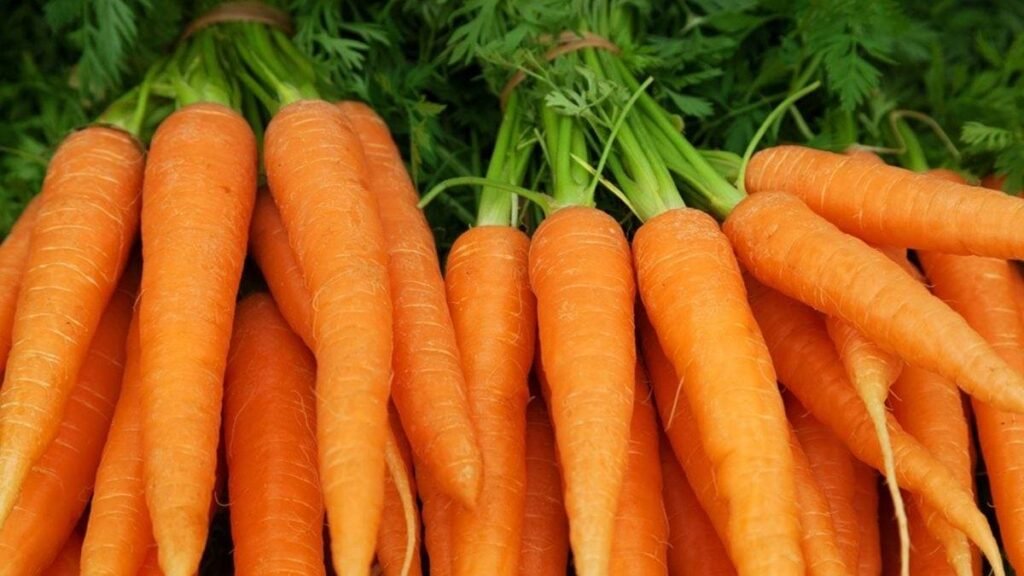
Plant carrot seeds in late summer, and make sure to sow them in loose, well-draining soil. Carrots take a little longer to mature than leafy greens like kale and spinach, typically around 70-80 days, so be patient. However, once harvested, they can be stored for a long time, either in a cool cellar or a root cellar, making them perfect for winter consumption.
Carrots are incredibly versatile, too. From roasting to soups to fresh salads, they can be used in a variety of dishes. Plus, they are rich in vitamins, including vitamin A and antioxidants like beta-carotene, which are essential for overall health, especially during the winter months when immunity is crucial.
Brussels Sprouts
Brussels sprouts are another hardy vegetable that thrives in colder temperatures. These small cabbage-like vegetables become more flavorful after exposure to frost, as the cold weather helps reduce bitterness and brings out a natural sweetness. Brussels sprouts grow best when temperatures hover around 40°F to 60°F (4°C to 15°C), making them a great winter crop.
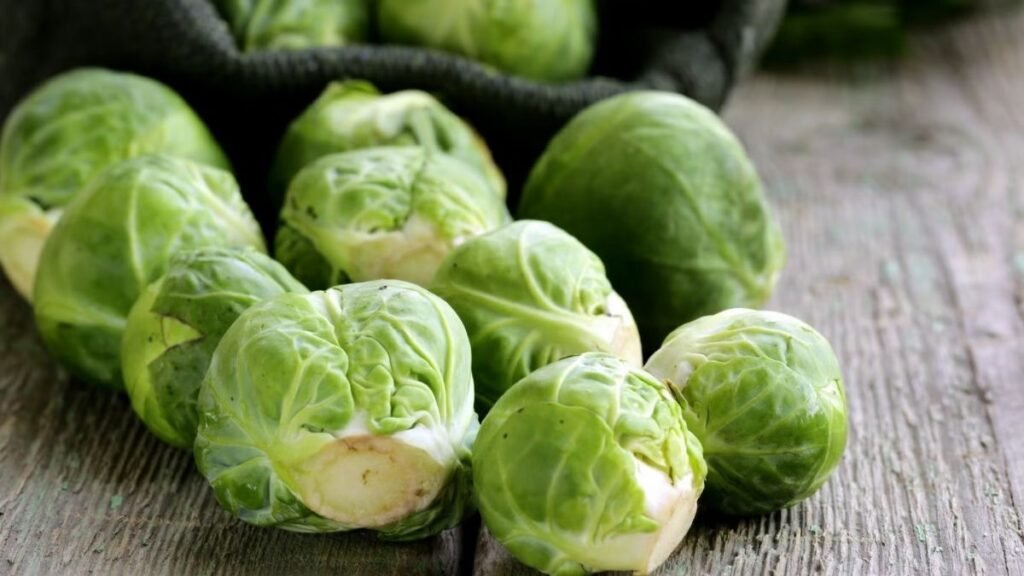
To grow Brussels sprouts successfully, it’s essential to plant them in early summer so that they have time to mature before the frost sets in. If you live in a particularly cold climate, consider using row covers or cloches to protect the plants from harsh winter conditions. While Brussels sprouts can be a little more labor-intensive to grow, the rewards are well worth it. Once harvested, they can be roasted, steamed, or even grilled, adding a unique flavor to your winter meals.
In addition to their great taste, Brussels sprouts are an excellent source of vitamin C, fiber, and other nutrients that help boost immunity during the winter months. They are also a good source of antioxidants, which help protect the body from oxidative stress.
Broccoli
Broccoli is another vegetable that can grow well in the cooler months, although it does require a bit of care when temperatures dip too low. Broccoli grows best in temperatures between 50°F and 60°F (10°C to 15°C), making it ideal for planting in early fall to get a harvest before the deep freeze. Like Brussels sprouts, the flavor of broccoli improves after a light frost, becoming sweeter and more tender.
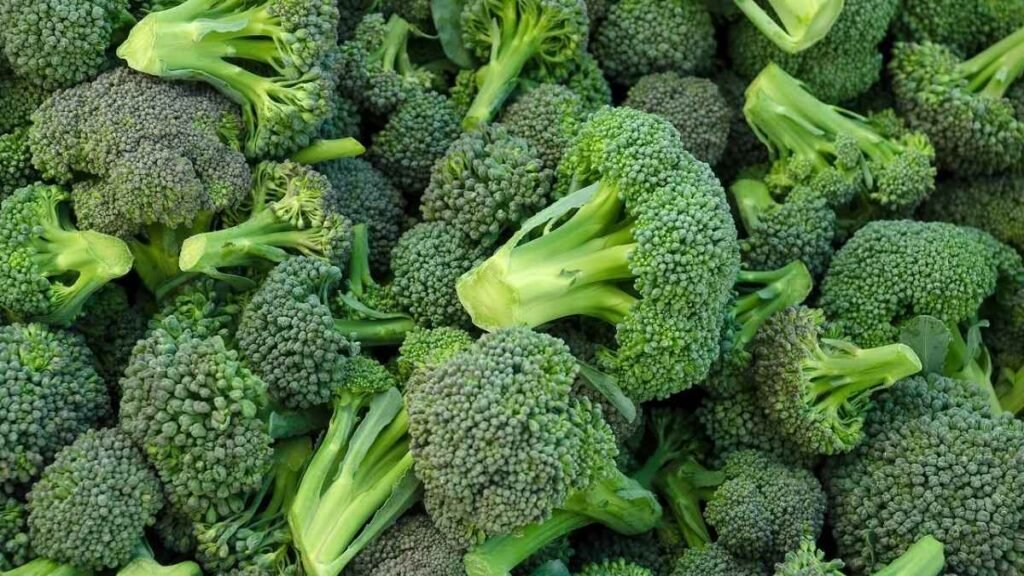
Plant broccoli in late summer or early fall, and ensure that it has plenty of sunlight and well-draining soil to grow in. You can also plant a second round of seeds to extend your harvest throughout the winter. Broccoli is relatively quick-growing, so you can expect to harvest your first heads in about 60-90 days, depending on the variety.
Broccoli is rich in vitamins C and K, as well as folate and fiber. It’s a great addition to soups, stews, and stir-fries, and its crunchy texture and mild, slightly earthy flavor are perfect for comforting winter meals.
Conclusion
Gardening in winter may seem challenging, but with the right vegetables, you can enjoy fresh, homegrown produce even during the coldest months. Kale, spinach, carrots, Brussels sprouts, and broccoli are all hardy choices that not only survive but thrive in cooler temperatures. By planting these vegetables in late summer or early fall and taking steps to protect them from extreme cold, you can have a winter-ready garden that will keep you supplied with nutritious and flavorful produce all season long.
With these winter-friendly vegetables in your garden, you can enjoy the satisfaction of growing your own food while embracing the beauty and quiet of the colder months. Whether you’re growing for flavor, nutrition, or simply the joy of gardening, these crops will make your winter garden a success. Happy gardening!




